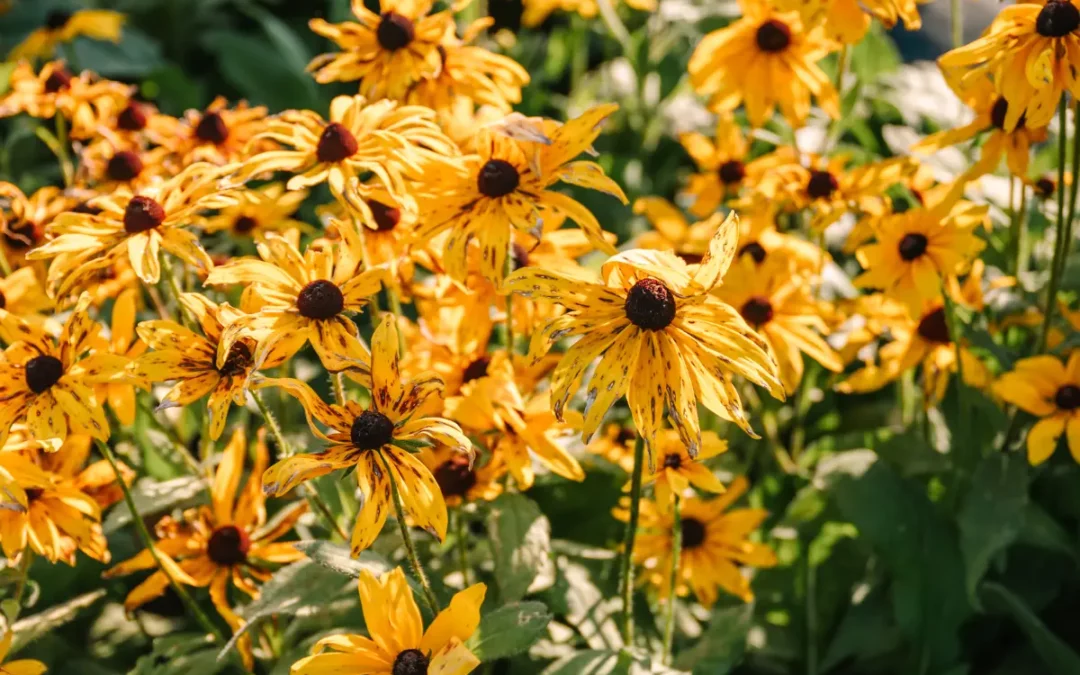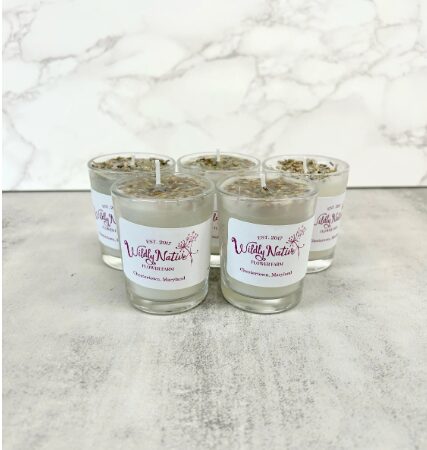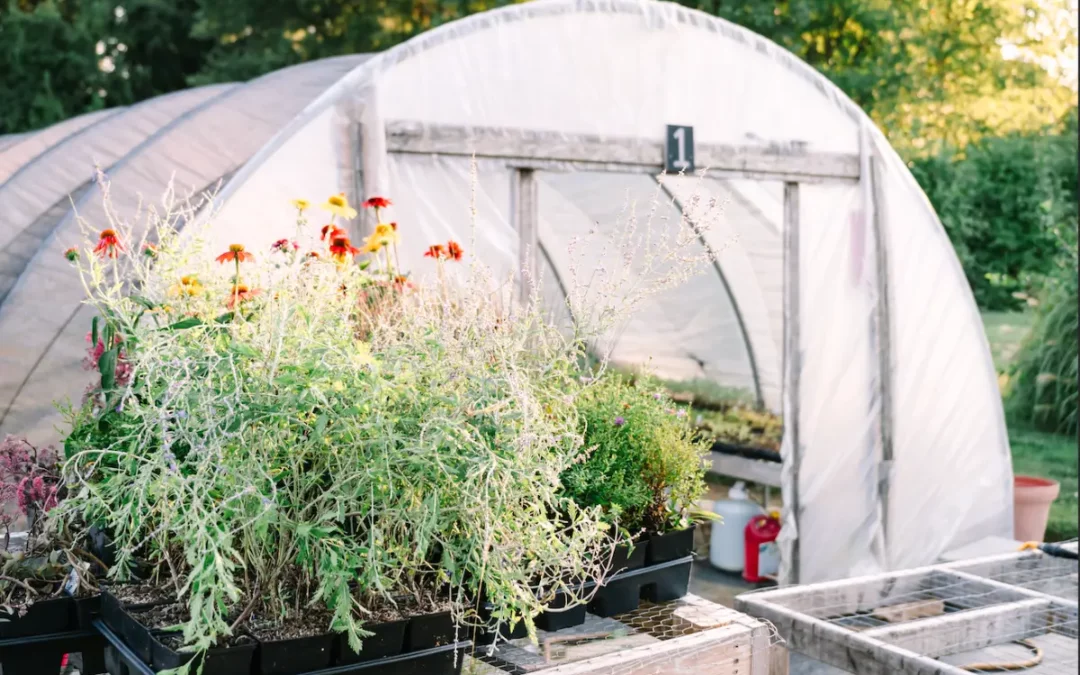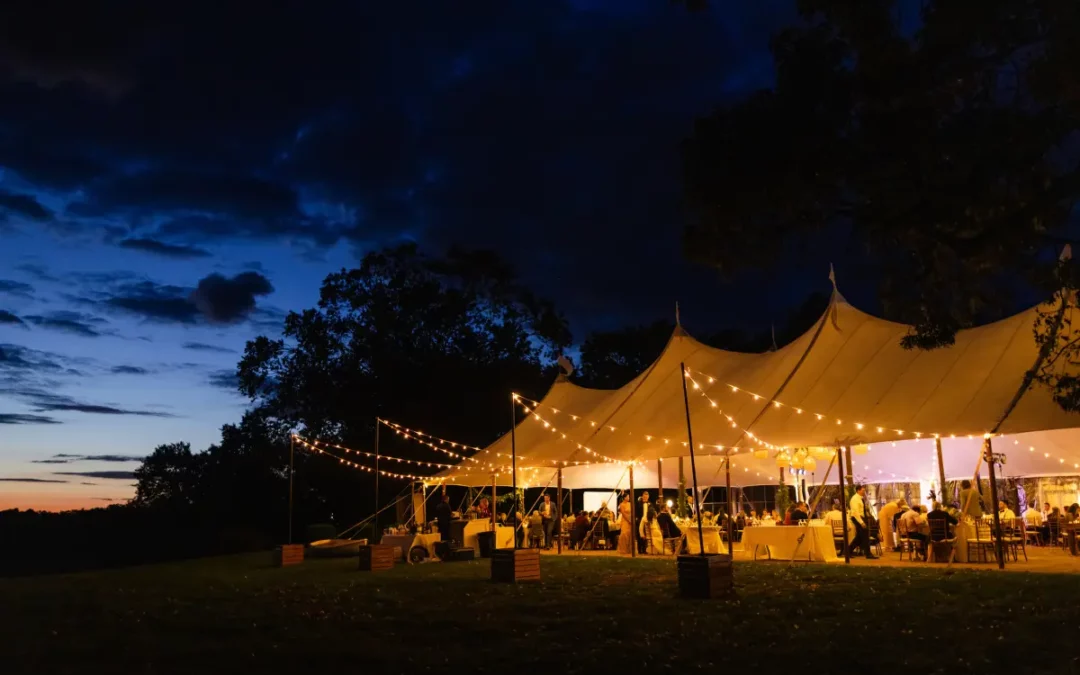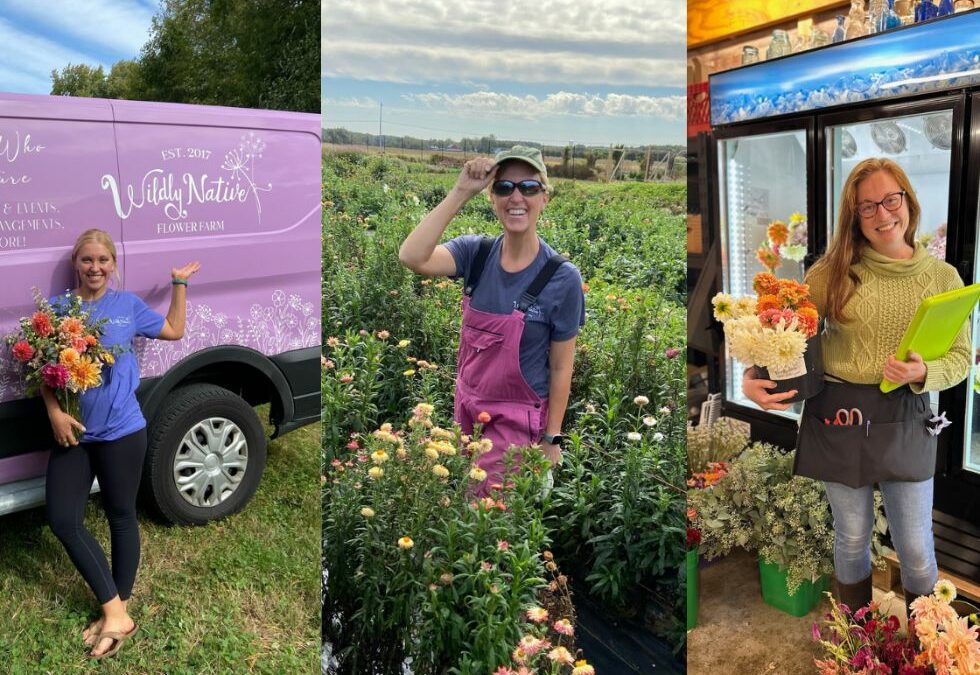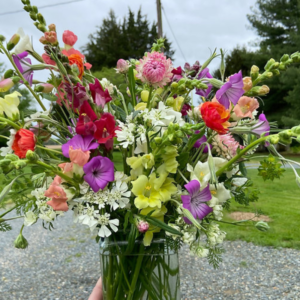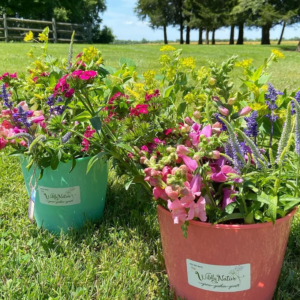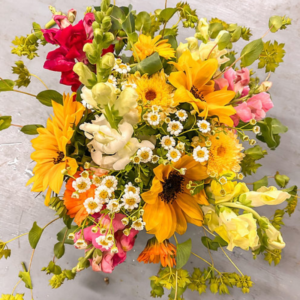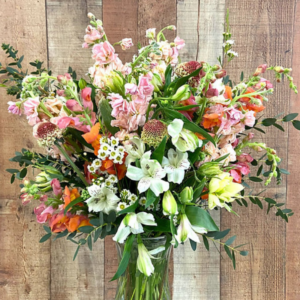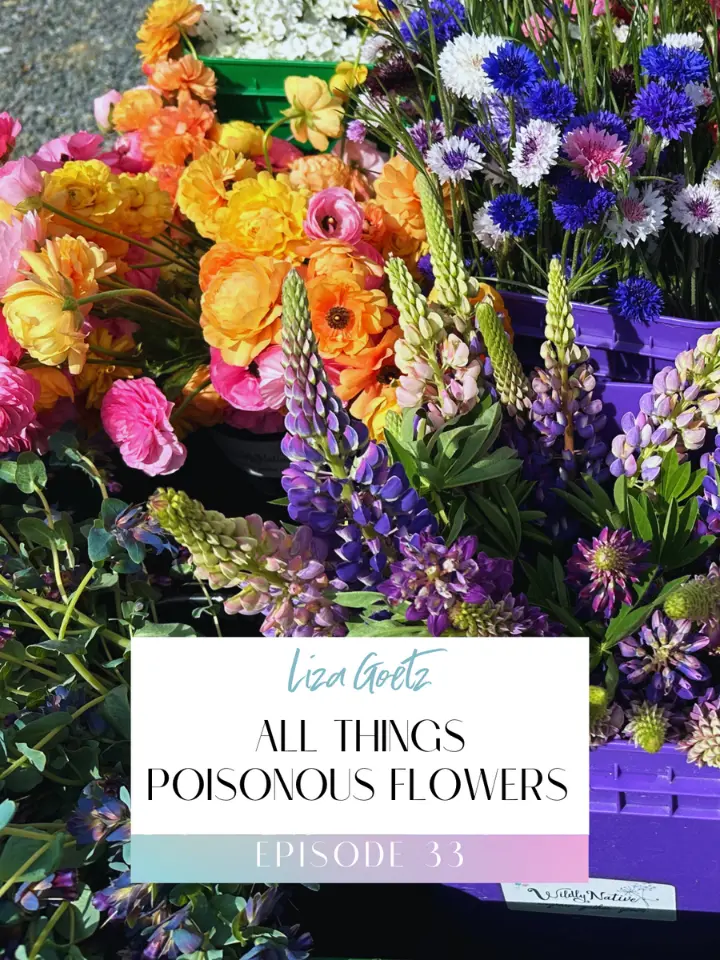
Exploring Poisonous Flowers: A Halloween Special on the Flower Files Podcast
On the latest episode of The Flower Files, Liza from Wildly Native Flower Farm delved into the world of poisonous plants, sharing some surprising facts just in time for Halloween. As a self-professed plant nerd, Liza offered a fascinating glimpse into the toxic side of some common—and not-so-common—flowers.
Poisonous Plants We All Know (or Maybe Not)
Liza began by discussing how we often encounter flowers in various forms, from bouquets to wedding décor, without realizing some can be harmful. A prime example she shared is ranunculus, a stunning flower often used in arrangements but not suited for cakes. Contact with ranunculus can cause your lips to swell—not in a good way, but in an allergic-reaction kind of way.
From there, she highlighted a variety of toxic plants, some of which may be lurking in our gardens or homes. For example, tomatoes, part of the nightshade family, were once believed to be poisonous due to their association with the toxic plant group. Other plants in this family, like belladonna (also known as deadly nightshade), have dangerous effects, such as hallucinations, convulsions, and even coma.
The Dangers of Familiar Flowers
Liza also mentioned common flowers we may not associate with poison. For instance, foxglove and larkspur (part of the delphinium family) are known for their beauty, but they are entirely toxic—from the seeds to the petals. Similarly, the delicate Lily of the Valley and cheerful daffodils are surprisingly poisonous.
Other toxic plants that may be closer to home than we think include rhododendrons, azaleas, mistletoe, and even the vibrant hydrangeas. All of these plants, though beautiful, can cause serious harm if ingested or handled improperly.
The Trio of Death and Other Surprises
Liza humorously referred to her nemeses—poison ivy, poison oak, and poison sumac—as the “trio of death,” as she is highly allergic to them. She also surprised listeners by revealing that lantana, a common summer garden plant, is poisonous, along with morning glories, especially their seeds.
And for history buffs, Liza tied in the infamous uses of plant-based poisons throughout history, from Socrates’ death by hemlock to Shakespeare’s use of poisons in Hamlet. She shared a particularly chilling tale of 17th-century Italy, where a concoction of arsenic and belladonna was used to discreetly poison husbands.
The Poison Garden: A Deadly Tourist Attraction
Liza capped off the podcast by talking about England’s famous Poison Garden in Northumberland. This garden is home to over 100 toxic plants, from foxglove to ricin, and visitors are only allowed in on guided tours after receiving a safety briefing. The garden aims to educate people about the dangers and medicinal uses of poisonous plants. Some visitors, it seems, have fainted—whether from the toxic plants or the stress of being surrounded by them!
What Poisonous Plants Are in Your Garden?
As Liza wrapped up the episode, she invited listeners to share their own experiences with poisonous plants. Were there any plants mentioned that you didn’t know were toxic? Are any of them currently in your garden?
With Halloween around the corner, this spooky topic serves as a timely reminder to be cautious about the plants around us—especially when crafting those witches’ brews!

